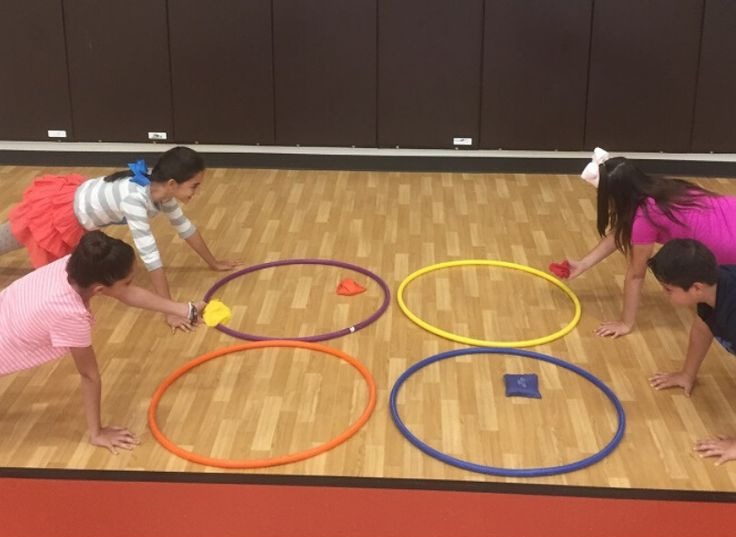In recent years, the integration of engaging games into the school curriculum has emerged as an effective and interactive way to help students grasp complex concepts. Among a wide range of subjects, geography stands out as a perfect candidate for the application of educational games. By using games in school geography lessons, students are not only provided with a fun learning tool, but they also develop essential geographical skills, such as map reading and spatial awareness.
One significant advantage of using games for geography is that it fosters an increased level of student engagement. Traditional lecture-based approaches can often be dull when conveying information about vast landscapes, populations, and political climates. In contrast, using games as a teaching tool allows students to actively participate in their education while enjoying the process of learning new material.
Games can come in various forms – from board games and card games to digital platforms and virtual reality simulations. These educational tools require students to think critically about geography concepts while fostering collaborative problem-solving skills and a shared understanding of global issues.
Board games centered around geography are an excellent resource both inside and outside the classroom. Games such as “Ticket to Ride” or “10 Days in Europe” require players to strategically plan routes across countries while learning about the geographical layout of continents in an engaging way.
Card games also hold vast potential for developing geographical knowledge; for example, “Flag Frenzy” is especially conducive to helping students learn about countries’ flags, thereby connecting them with the nations they represent. Another game within this category, called “GeoBingo,” requires players to identify countries using hints centered around geographical trivia.
Digital platforms offer various tools that can facilitate learning about geography through gaming. One notable online resource is National Geographic’s GeoBee Challenge app, which asks players questions related to worldwide locations. Additionally, more elaborate virtual reality simulations can immerse students into unique environments where they learn firsthand about different ecosystems, cultures, or historical periods.
For educators looking to harness the benefits of games within their geography curriculum, it is crucial to align activities with specific educational objectives. Teachers should ensure that game-based lessons not only entertain students but also help fulfil the desired learning outcomes. Moreover, moderation is key when incorporating games into the classroom; they must be thoroughly integrated with other pedagogical practices rather than used as a standalone strategy.
In conclusion, incorporating games into school geography lessons offers numerous benefits to students and provides an engaging approach to learning. Board games, card games, and digital platforms can enhance students’ understanding of geographical concepts while simultaneously fostering essential skills such as critical thinking, collaboration, and spatial awareness. With careful planning and a balanced integration of game-based learning within the broader curriculum, educators have a unique opportunity to revolutionize how geography is taught in schools.











